Description
Mirror Therapy Box Rehab Kit*
Suitable for stroke rehabilitation, phantom limb pain, Complex Regional Pain Syndrome (CRPS), Arthritis, Neuropathic and Chronic Pain rehabilitation.
- Portable and Easy Storage – Compact, lightweight and portable.
- Large Mirror Size – Mirror size of 14 x 10 inch suitable for upper limbs
- Wide Hand Space – 8.5 inch / 21 cm wide hand space for greater comfort, ventilation and allows hand movement at the same time.
- Easy To Set Up – Can be easily set up with one hand. Easy to fold and keep after use too.
*Price Inclusive of Free Shipping Worldwide
Material – Glass Mirror covered with PU Leather
Dimension: 36 x 34.5 x 1.5 cm / 14.4 x 13.6 x 0.6 inches
Weight: 1.35 kg / 2.98 pounds
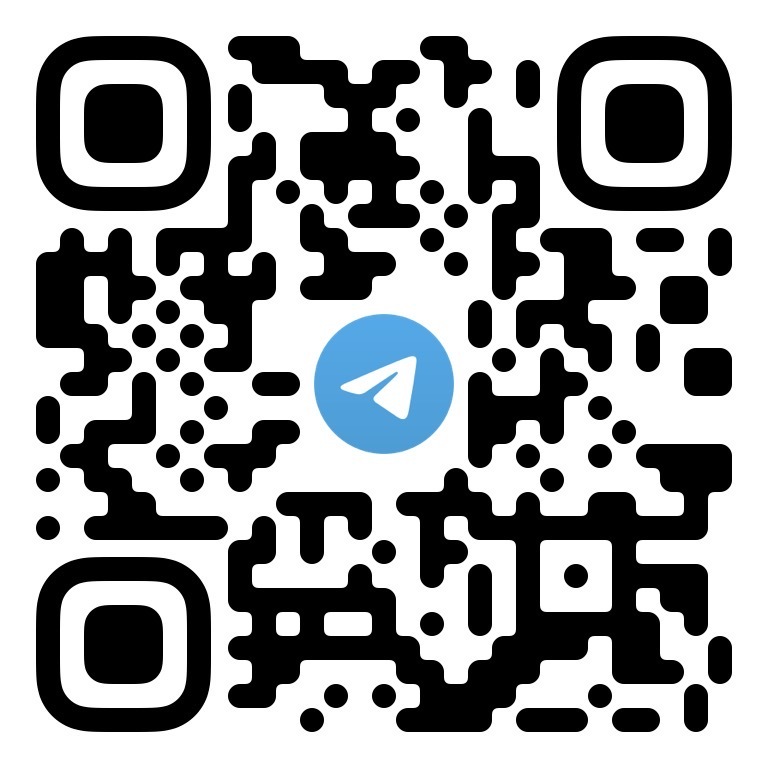
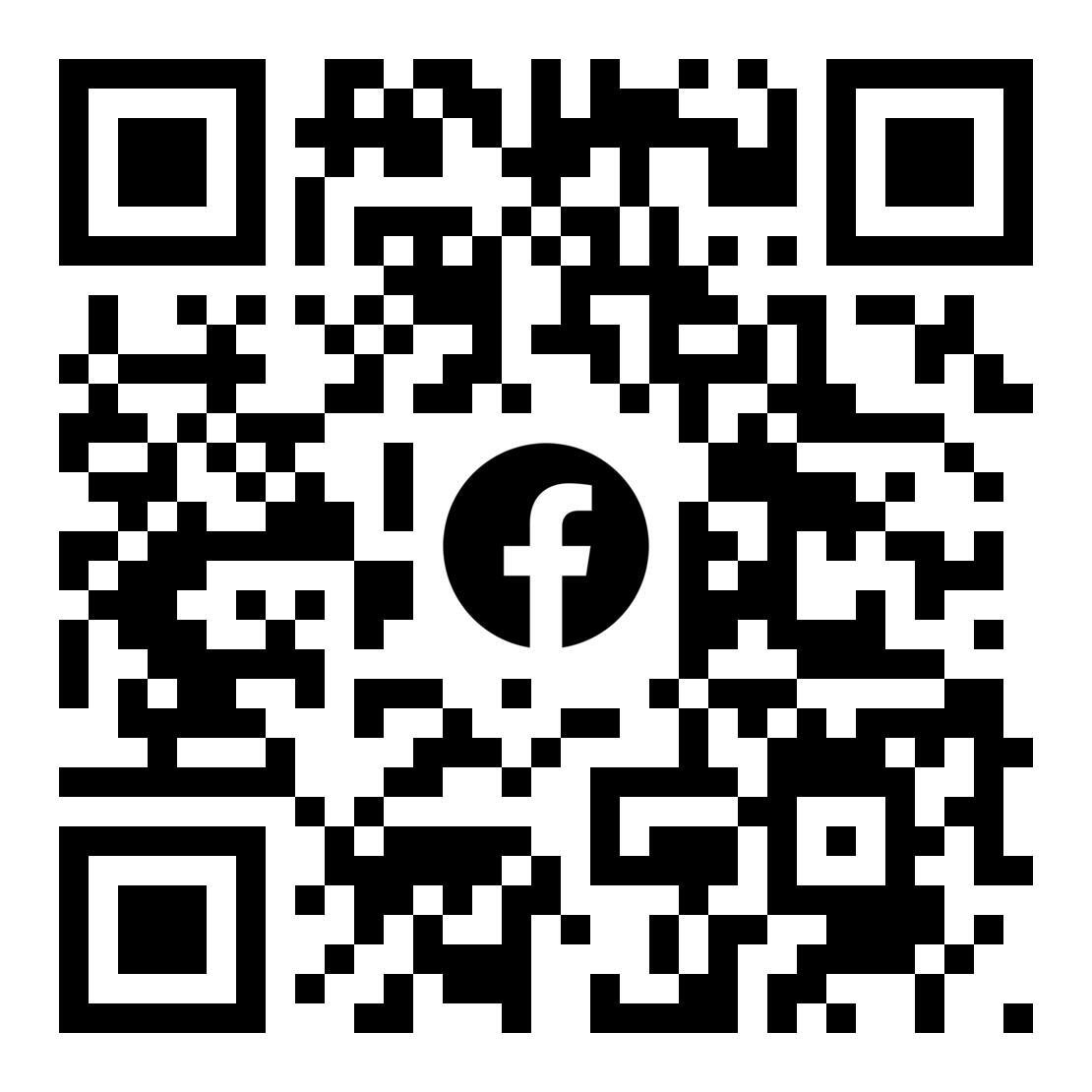
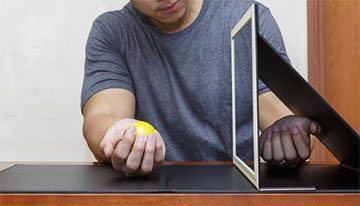
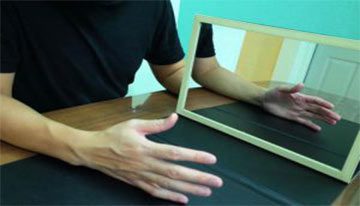

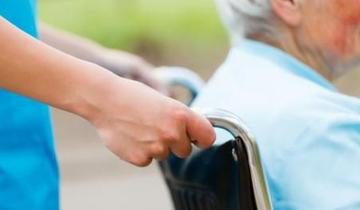
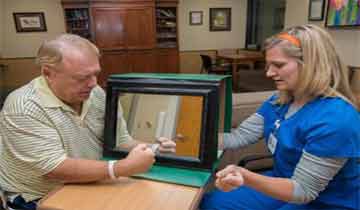
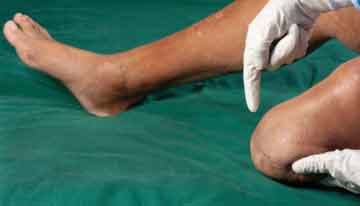
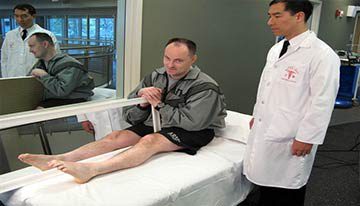
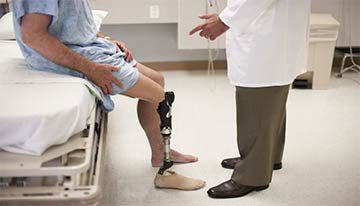


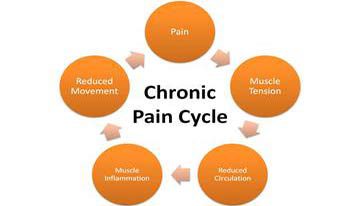
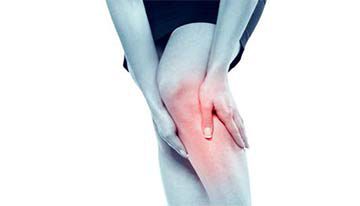
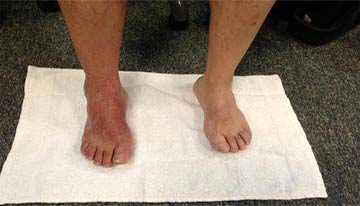
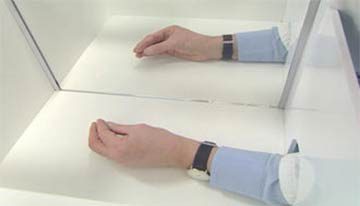
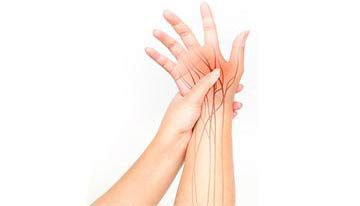
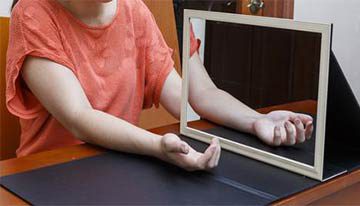
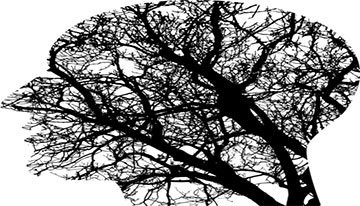
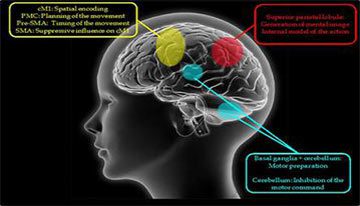
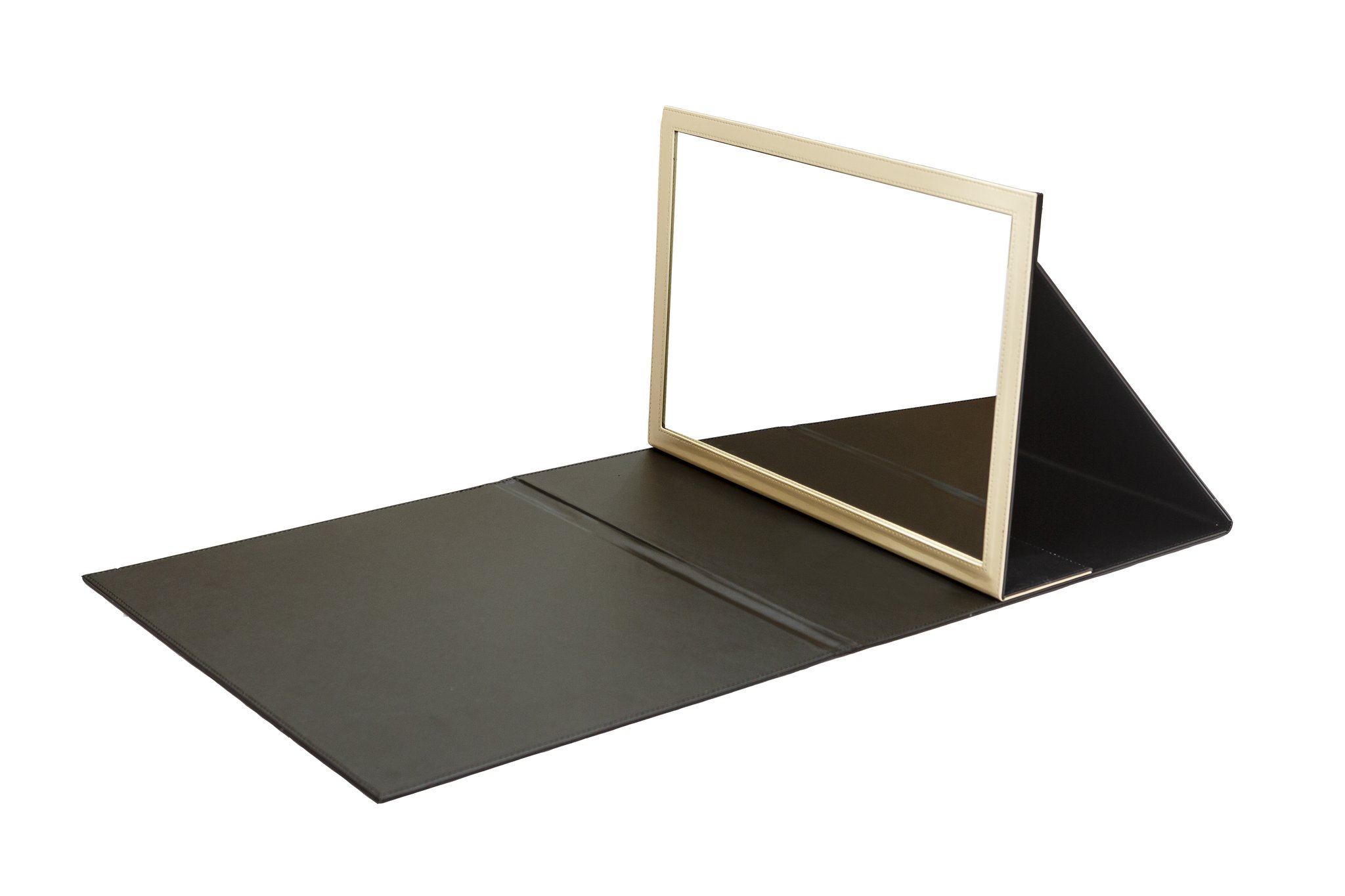
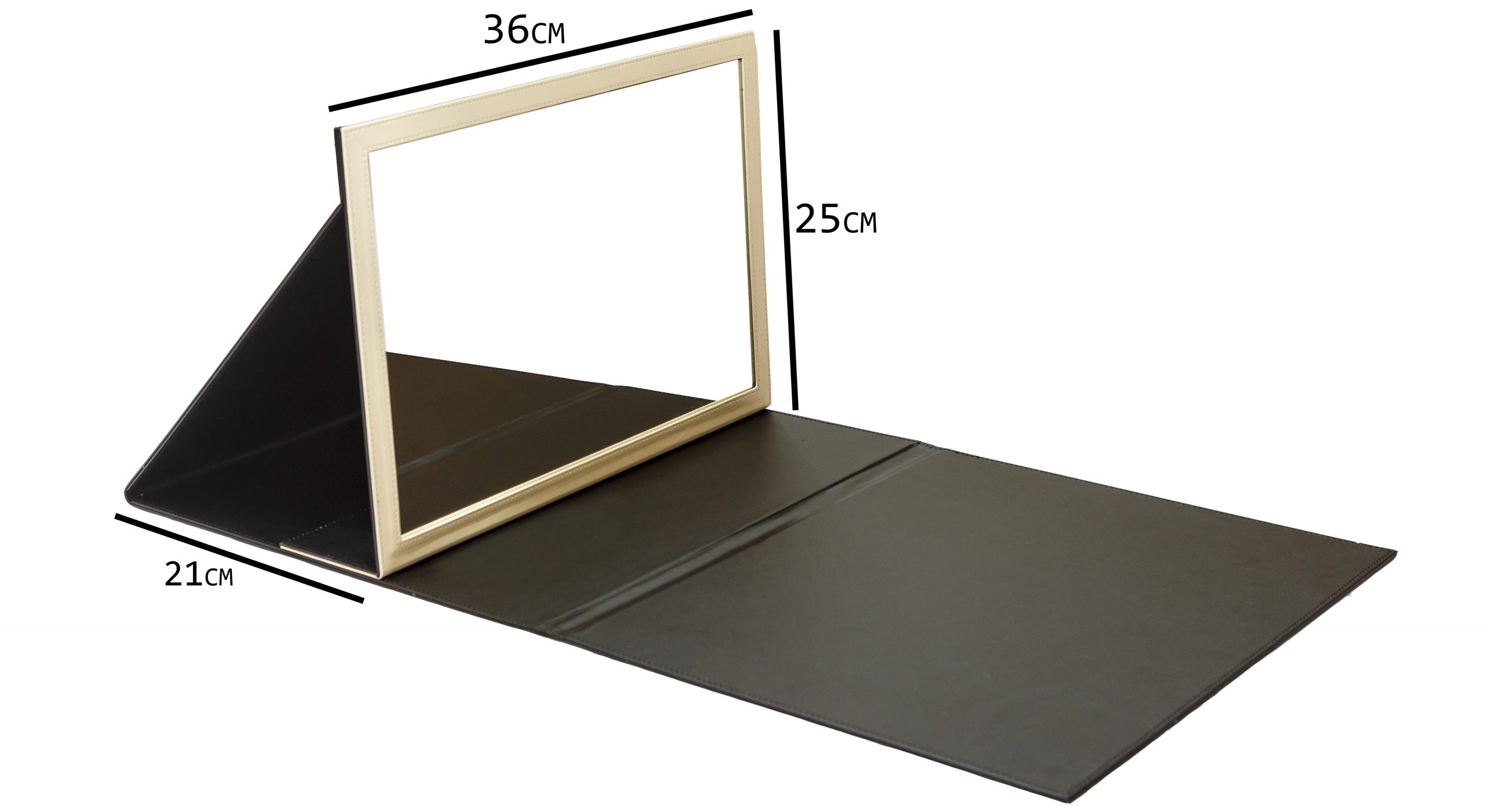
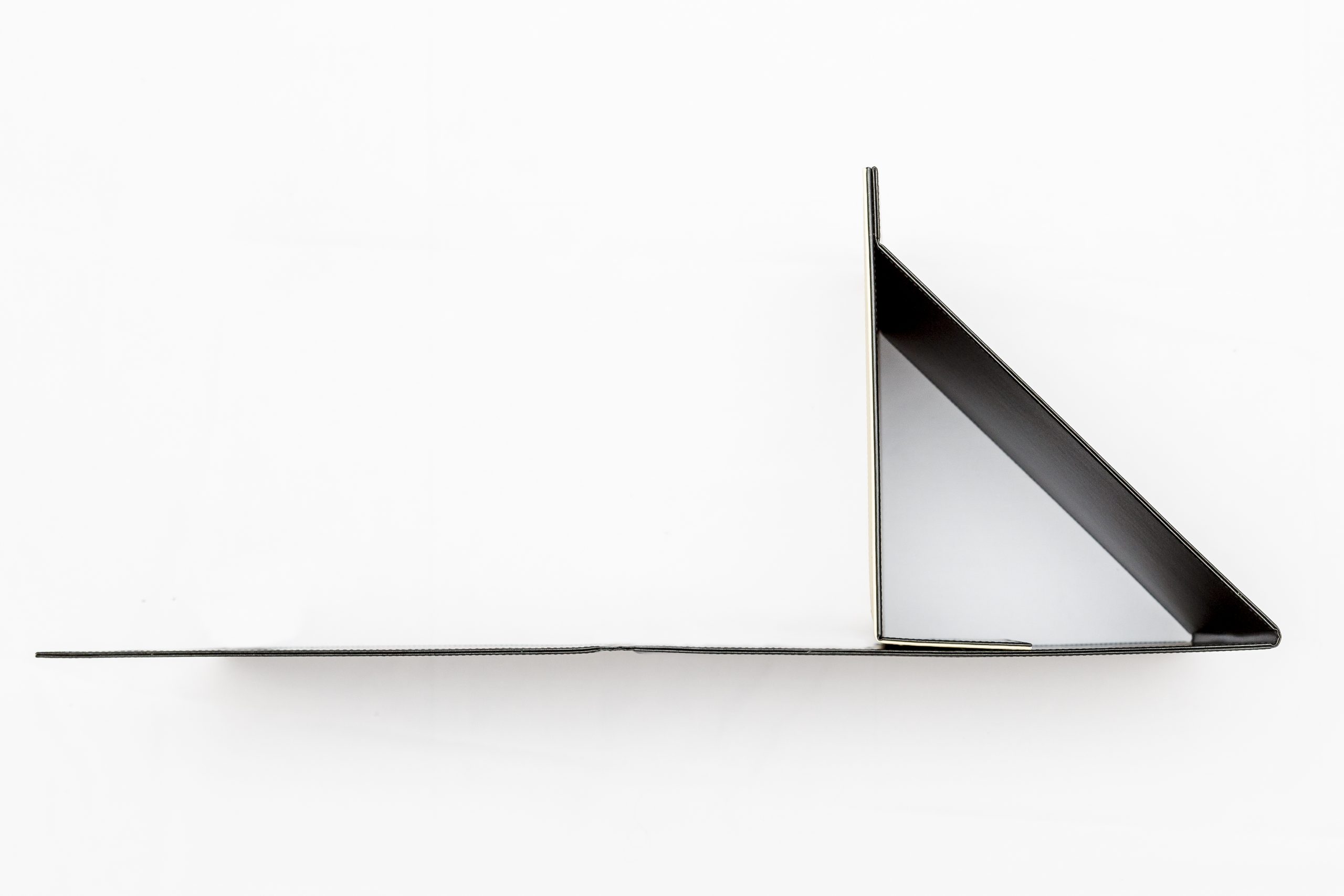
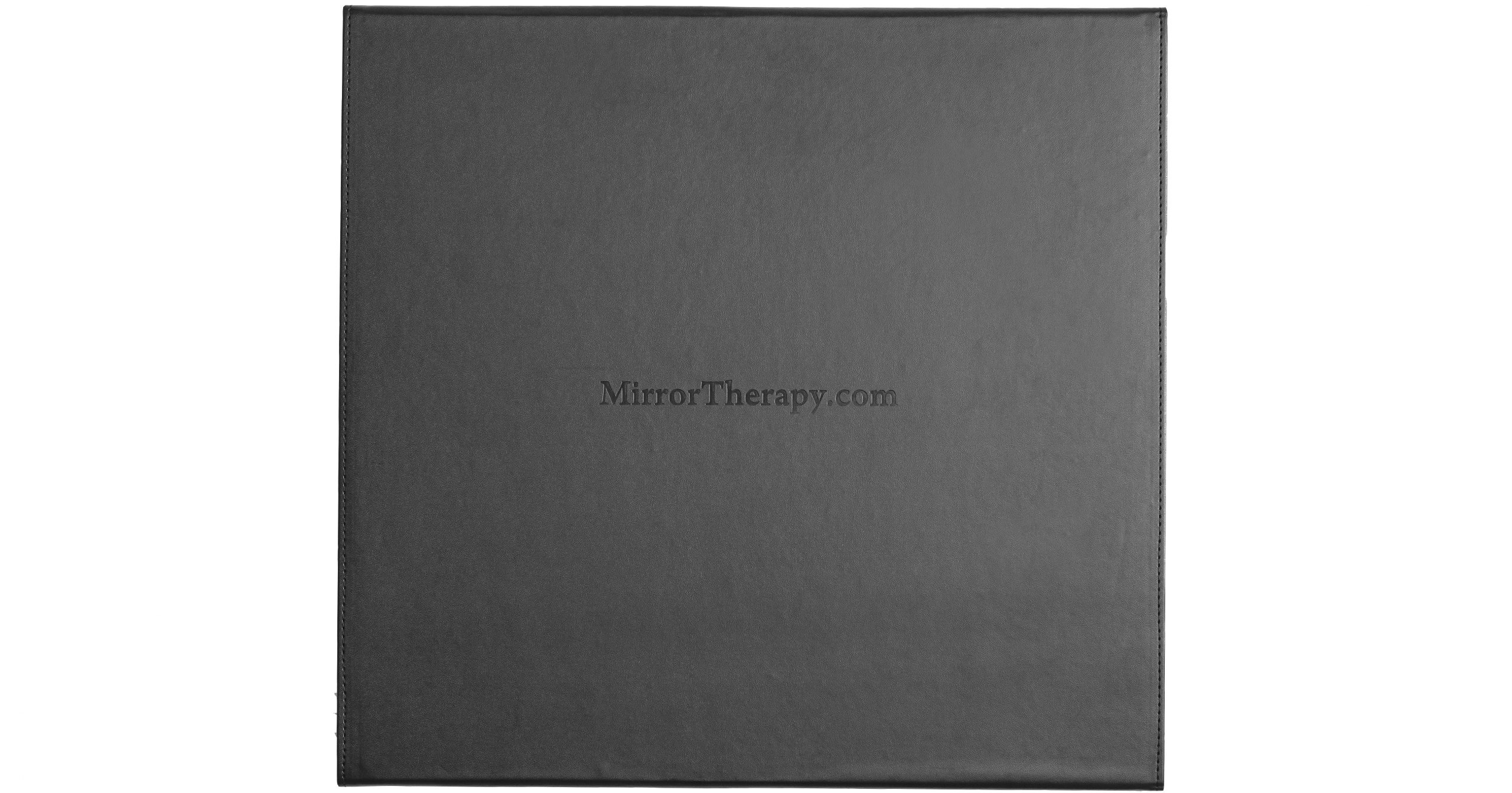

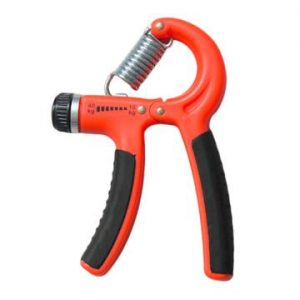
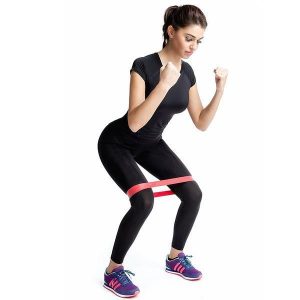
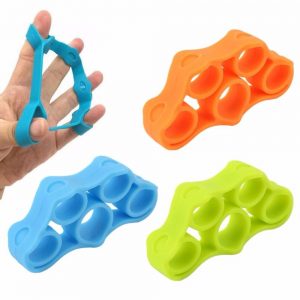
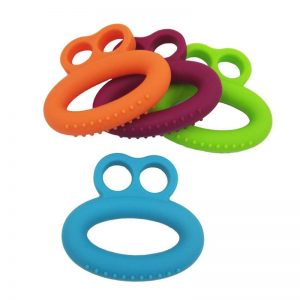
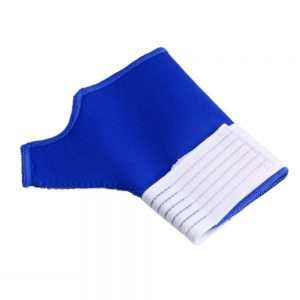
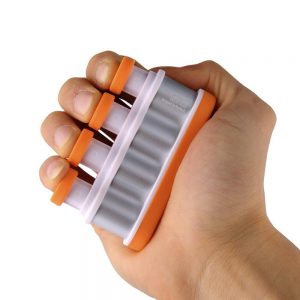
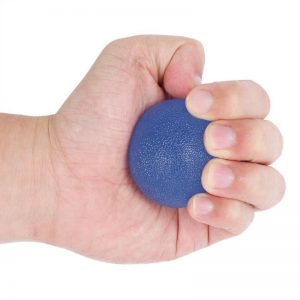
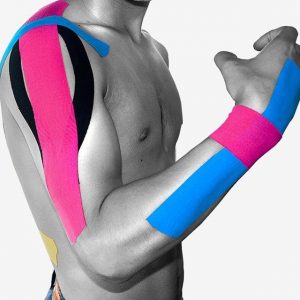
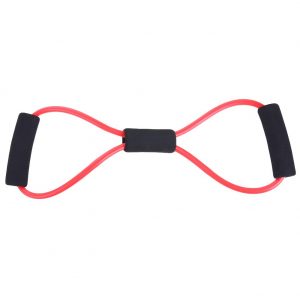
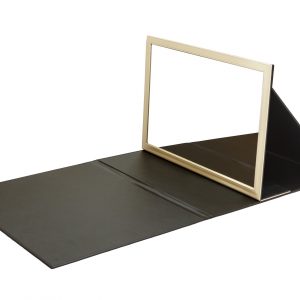

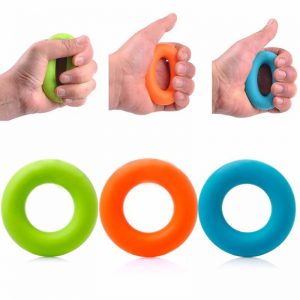
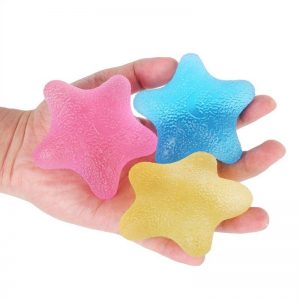
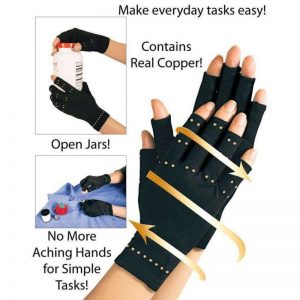
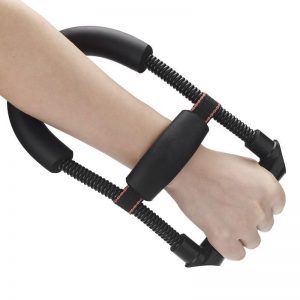
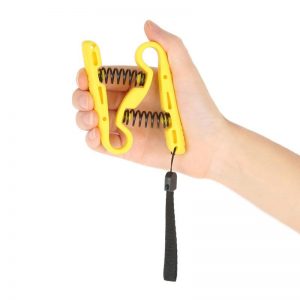
CK –
The mirrors function well and have an appealing design. Easy to store and maintain.
Justinmw –
I purchased this mirror box for my PT practice after I had read some other poor reviews on other mirror boxes. This product contains simple mechanisms and good quality materials including the casing and the mirror. It folds up flat for easy storage on a book shelf so it is out of the way when not in use.
Ron’s Casa –
My wife had suffered a stroke earlier this year and the therapy providers recommended the mirror therapy in addition to the other therapy’s that were given. I recommend the mirror therapy because it does exactly as stated and has helped my wife in her recovery.
William Huppuch –
An excellent product similar to ones used by rehab hospitals. It folds into a nice flat package that protects the mirror when not in use.
W Fracasso –
My mom is a stroke survivor. Using this as one of her home therapy, has been helping her to regain sensation in her right hand. Recommended.
Anna T –
Purchased for my dad after he had a stroke. His outpatient physical therapy use similar product.
Reasonable price, better than trying to build one myself.